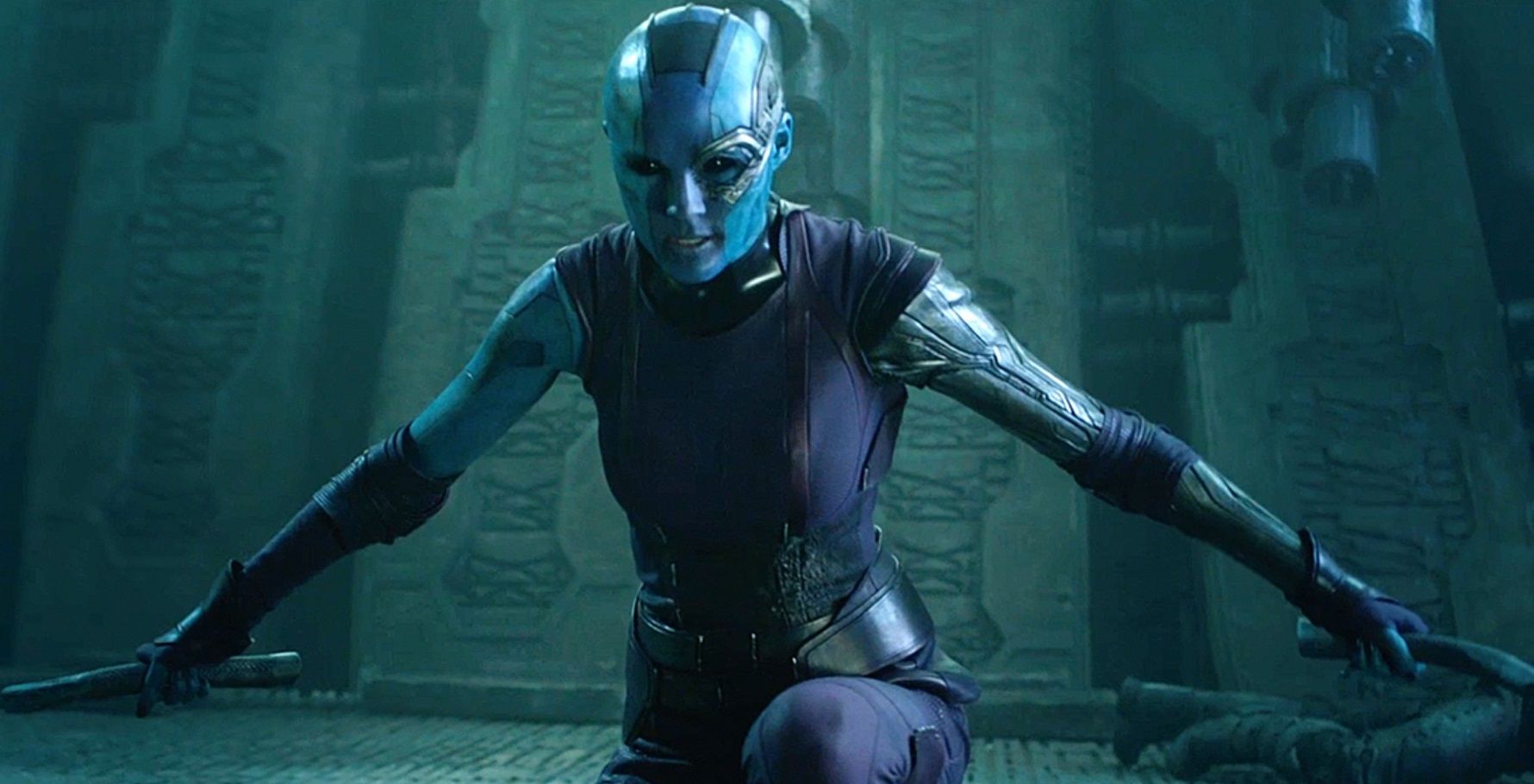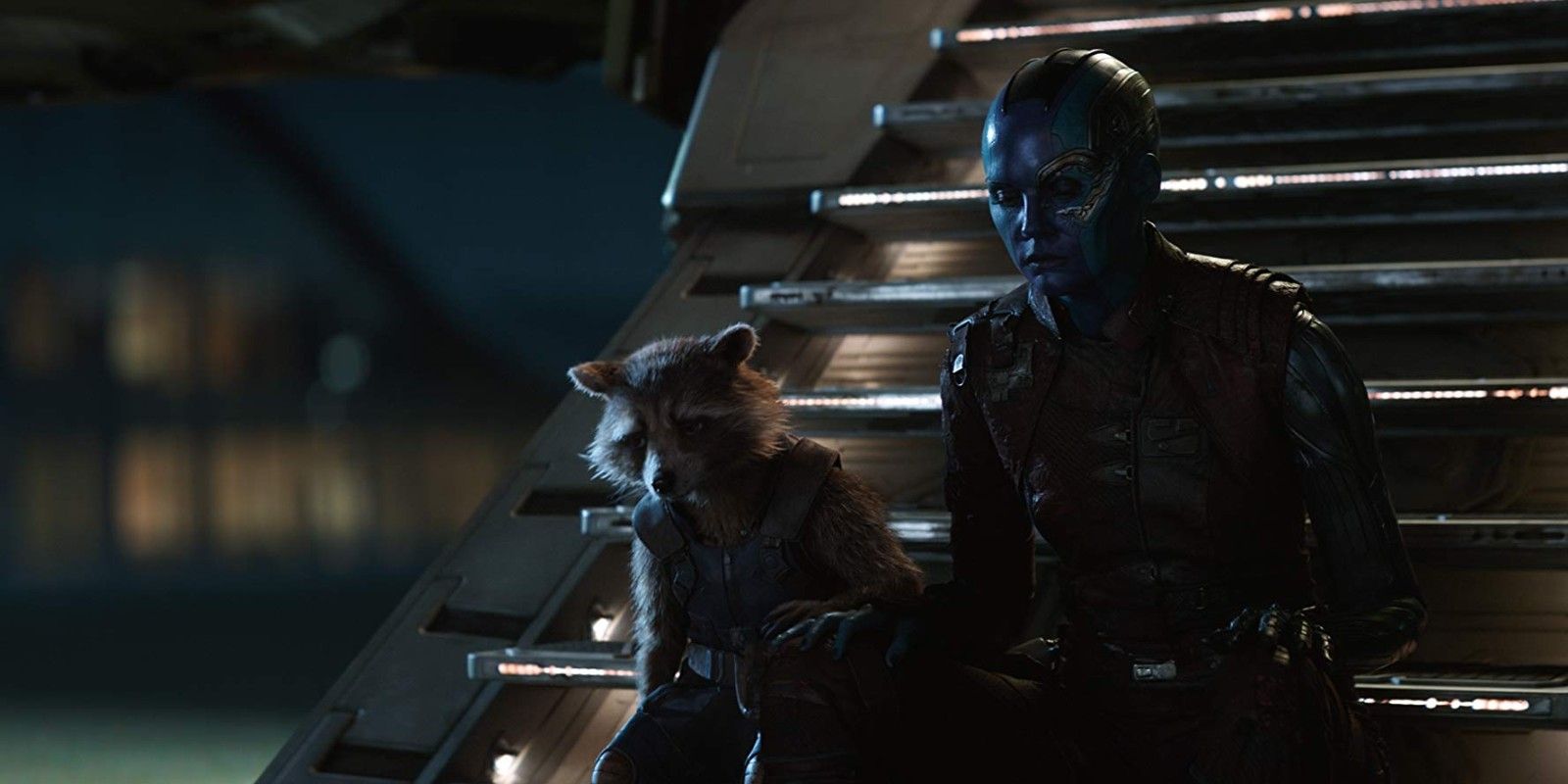People might be still puzzling over the logic of the time travel used in Avengers: Endgame, but Karen Gillan has proclaimed that it makes perfect sense, even if the film’s writers and directors disagree. The use of the popular science fiction plot device was integral to the resolution of the movie’s story, allowing the Avengers to travel to various points in the past to retrieve the Infinity Stones and use their power to reverse the Snap.
The use of time travel in the plot of Endgame was long speculated as a possibility of how the Avengers would undo the dusting of half the universe, as well as the Quantum Realm being utilized to achieve it. The guesswork was also admittedly helped along by some fans observing filming that they recognized as recreations of scenes from previous MCU movies, most significantly the Battle of New York from The Avengers. However, the exact way in which it operated was only seen in the film itself, leading to the continuing discussions over its application.
During an interview with the LA Times, Karen Gillan was asked about the use of time travel as part of the plot of Avengers: Endgame, and stated that in her opinion it made sense. In her capacity as a “time travel expert,” she stated that “I would say it adds up.” She feels confident about her understanding of the issue due to her two and a half seasons as part of the main cast of Doctor Who, a show that takes the standard operation of time travel as its central premise. She’s also kicking herself that she didn’t pitch the show to be mentioned during Endgame’s scene where famous examples of time travel plots are brought up.
The concept of time travel was brought to the public consciousness in the late 19th century by HG Wells’ The Time Machine and Mark Twain’s A Connecticut Yankee in King Arthur’s Court. Since then, it’s been used in a multitude of capacities exploring various ideas such as predestination (in The Terminator, Skynet’s attempt to prevent the existence of a resistance leader instead resulted in his birth, as well as the leftover future technology inadvertently allowing for its creation); self-fulfilling prophecy (in Minority Report, the prediction that John Anderton would murder a man leads to him seeking out the victim, whom he would otherwise never have encountered); and the butterfly effect (popularized somewhat literally in Ray Bradbury’s short story A Sound of Thunder, where a time tourist stepping on a butterfly in prehistory drastically alters the present he returns to).
The time travel used in Avengers: Endgame was unusual in that it was merely a device of the plot, rather than the focal point for which there would be repercussions for meddling with. The aforementioned scene where time travel movies are discussed was included to establish the rules the movie would be using, specifically that there would be no temporal paradoxes caused by the heroes’ actions, seen most directly later in the movie when Nebula kills her past self who was still loyal to Thanos, but this did not result in her own erasure from the timeline as it would have in many other settings. Although Steve Rogers retuning the Infinity Stones to where they were each taken from resolved the tangent timelines caused by their absence, the creation of others was more permanent giving even more possibilities for the MCU’s continual expansion.
Source: LA Times



